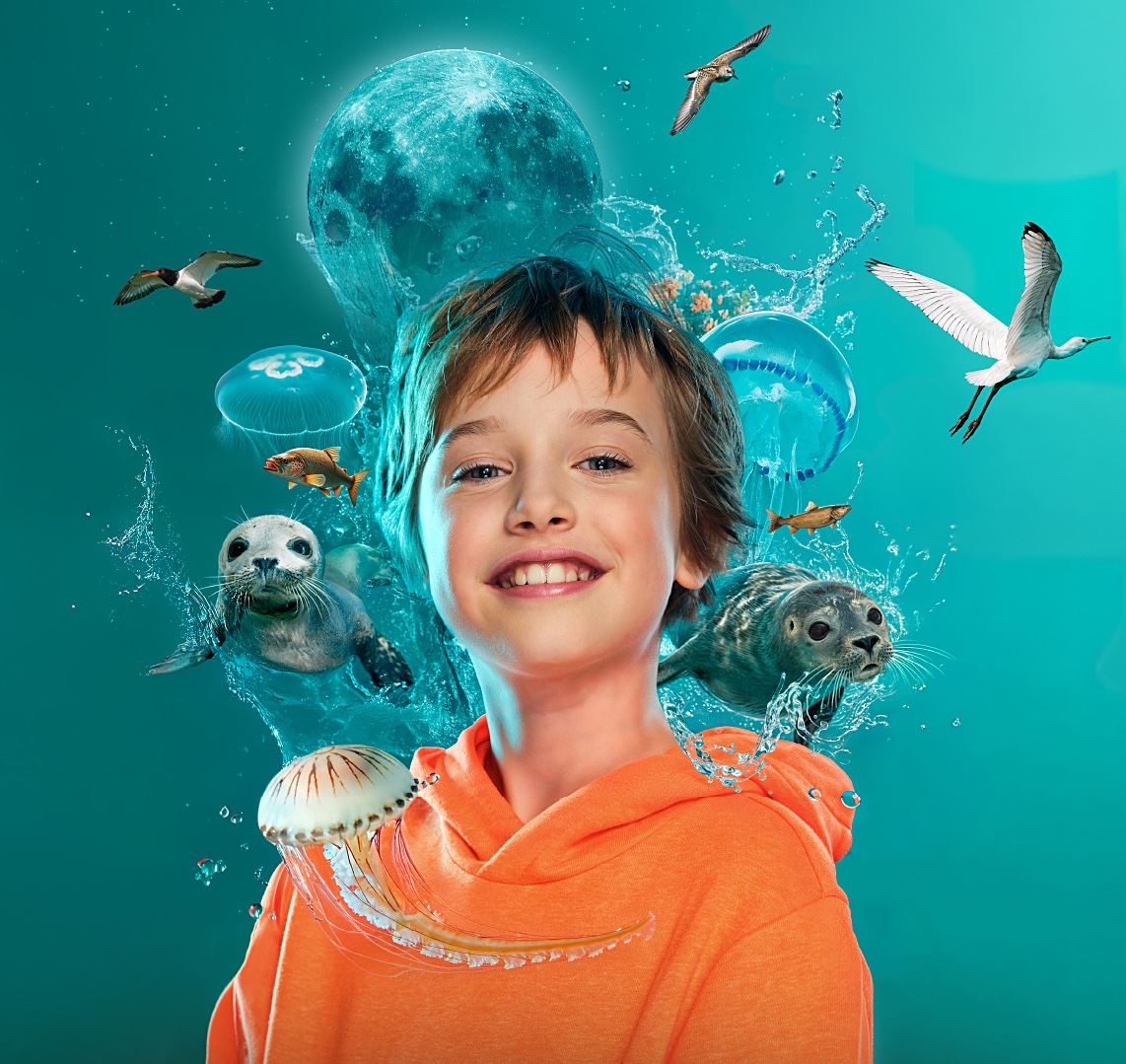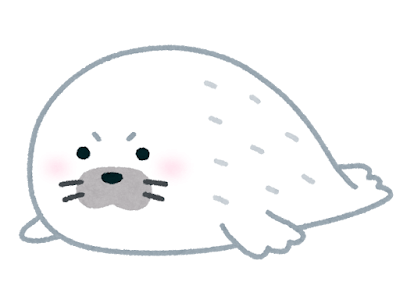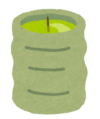- What is Azarashi Yochien/ Seal Kindergarten アザラシ幼稚園?
- Breaking Report
- New words
- Technical Terms about seals 用語集アザラシ編
- Technical Terms about seals lovers 用語集茶道部員編
- Technical Terms about others 用語集その他
- Iemoto 家元
- Bro. Valo Valo ニキ
- Sis. Anni Anni ネキ
- Chisai Ningen 小さい人間
- Sagi Encho (Principal Heron) 鷺園長
- Kamome Kanshiin (Seagull, the lifeguard) カモメ監視員
- Tako Niki (Bro. octopus)タコニキ
- The Tea-bag ティーバッグ号
- Kumo Niki (Bro. spider) クモニキ
- Gomi Niki (Bro. )ゴミニキ
- The Chakoshi-go 茶こし号
- Jack and Rose ジャックアンドローズ
- Chaitanic 茶イタニック
- ヤギの京都観光案内/KYOTO GOAT BLOGをもっと見る
What is Azarashi Yochien/ Seal Kindergarten アザラシ幼稚園?
The Dogu figurines excavated in the archipelago reveals that we have been obsessed with Kawaii for thousands of years. Now we found a new phenomenon: Azarashi Yochien/ Seal Kindergarten.
Azarashi Yochien means “Seal Kindergaten.” Couples of days ago, some X-account asked” Why don’t you enjoy the live view of the Seal kindergarten in the Netherlands?”

The Seal Kindergarten is Seal Rehabilitation and Research center (Zeehondencentrum Pieterburen) a research institute and a sanctuary for wild seals located in the Netherlands.
Thanks to the account, lots of Japanese people visited the live stream of its YouTube channel en masse enough to made the institute mistake it was a DOS attack.
Now the videos are filled with many newly invented Japanese words. The following is the list of them.
Breaking Report
ご挨拶

I’ll update the new information about the kindergarten as possible. The words stranger to you is explained later in this post.
Some have gone, some remain
Lanny, a former Enji, went back to the ocean. Sadobuins wave goodbye in tears, half in joy, half in sadness, remembering her friend didn’t make it. 合掌
Takoniki’s maiden voyage updated
At first sight, Enjis were in hesitation but they made friend with her soon.
Seagull, the lifeguard apprentice adopted
A little seagull known as Minarai Kannshjiin, (Seagull, the lifeguard apprentice) seemed to be in a bad condition (she didn’t move) and Sadobuins were worried about her. Thanks to the kindergarten, Faunavise wild care, the animal care center in the Netherland, adopted her. Sadobuins rushed to the website of it and made the server down.

Check this out
A Chabashira named Chabashira
The institute named a rescue seal “Chabashira” in order to show their gratitude for Japanese fans. As described later, Chabashira (茶柱) means a good fortune in Japanese.
Kumoniki and Gominiki graduated
Kumoniki (a spider found in Omotesenke Camera) and Gominiki (Trashes hanging on Kumoniki’s web) graduated from the Kindergarten.

An employee cleaned the camera with brushes.
The institute got silver shield
Youtube awarded the institute with the silver shield.
The seals Wagashi
Azarashi Wagashi are available at Beniya Miyake Wagashi shop.
Seal stamps
Nagae Inshodo, a traditional Japanese Hanko (stamp used as a signature) shop sells Azarashi stamps (Now not available) and made a donation to the kindergarten.
Sado Buins saved the Enjis from TV love to invent stories
One day, an employee asked on the chat in the live stream, “What kind of broadcast is tv-〇〇〇〇〇?” Sado Buins united and said what it is to save the Enjis. Japanese broadcasting company love inappropriate behavior and invented stories to lure those who love to see TV into their program.
Congrats Ejnjis, Sadobuins, and the kindergarten.
New words
表千家・裏千家 Omotesenke and Urasenke
Both of them are the most famous school of Japanese traditionally tea ceremony. Recently, a brand-new 4K camera was added in the Seal pool. The view from this is called Urasenke. Omote means “head” and Ura means “tail.” In addition to it, Ura also means somethng secret. When we hear “the view from Urasenke camera”, we expect we can share something secret.

Here’s the Urasenke view. Actually, we can have a closer look at Enjis.
ネコ巡査 Kitten, the police officer
Thanks to Urasenke Kamera, we can have clear views of at least 2 ネコ巡査s.
Technical Terms about seals 用語集アザラシ編
おねがい
以下、誤謬、不適切な表現等ございましたらContact Me 欄よりご連絡いただければ幸いです。ご指導ご鞭撻のほどよろしくお願いいたします。合掌
Cha Bashira (s) 茶柱
Cha Bashira is a stem of tea leaves sticks out of the surface of Japanese tea. It looks like a seal floating in the swimming pool. This paved the way for other terms. Many of them are something to do with Japanese tea.
Enji (s)園児
Sado Buin sometimes calls Cha Bashira Enji. It means a kindergartener in Japanese.
Shin Nyu sei 新入生
A freshseal in the kidergarten.
Super Cha Bashira time スーパー茶柱タイム
The time the swimming pool is filled with lots of Chabashiras.
Hashira Shugo Kaigi 柱集合会議
Hashira Shugo Kaigi (Chabashira conference) means the seals gathering to wait to be fed.
Bar counter (counter seat) バーカウンター
The seals hanging on the edge of the swimming pool with their tails in the water.
Heso Ten へそ天
Seals floating on her back. Heso (bellybutton) faces Ten (a place up above the world).
Sayu 白湯
Sayu is hot water (or lukewarm? it’s tough to tell you what is exactly. It’s water in around 50℃ or 120 ℉. We drink it when we take medicine. In the kindergarten, it means the swimming pool with no seals.
Tori Sayu 鳥白湯
Sometimes we find birds instead of the seals. We describe it as Sayu (the swimming pool without seals) with birds.
Nozarashi 野ざらし
Nozarashi is a state being left on the field without no protection. In the Kindergarten, it describes seals lying down on the ground though the word originally indicates a tough situation. We used it because Nozarashi and Azarashi (seal in Japanese) sounds like same.
Amazarashi 雨ざらし
Amazarashi is a state being left in the rain without no protection. We use it when it rains due to the same reason as Nozarashi.
Shinen 深淵
Shinen is abyss in Japanese. At night, we can find no one in the camera but we can see some thing with the 3rd eye is wide open.
Fan-Cha ファン茶
Fan-cha is modified Fan-Sa. Fan-Sa is a Japanese English word. It is abbreviated “Fan service” that means an activity makes fans delighted. Sometimes an Enji seems to gaze at Sadoh Buin through the camera. It’s a typical Fan-Cha.
Kyu Shoku 給食
Kyu Shoku is school lunch in Japanese. The “meals” in the kindergarten.
Cha Tsumi 茶摘み
Cha Tsumi is cultivating tea leaves. The word is used when a staff picks a seal up.
Sotsuen Shiki 卒園式
Sotsuen Shiki is a ceremony held for Kindergarten graduation. When the seals graduate from the kindergarten, they go back to the Wadden sea. Usually a pair of them leave the kindergarten because the staff don’t want seals to be alone. Of course Sado Buins congratulate them in tears.
Technical Terms about seals lovers 用語集茶道部員編
Sado Buin (s) 茶道部員
Sado Buin is a member of Sado club. Sado is the Japanese tea ceremony renovated by Sen no Rikyu in the 16th century and is also known as the way of tea, or Chanoyu. The word means the seal lovers visit the YouTube channel. They loved to see Enjis and make donations.
Ofuse お布施
Ofuse is money Japanese people give to a Buddhist monk at Buddhist ceremony. In the kindergarten, it means the donations Sado Buin makes. The swimming pool looks like a Karesansui garden like the rock garden in Ryoanji temple. Sado Buins may found Nirvana in the swimming pool.
Sen no Rikyu 千利休
We call Sado Buin who made a donation Sen no Rikyu. As indicated before, he is a renovated Sado. I guess Sado Buins founded the way of seal.
Naisu Rikyu (Nice Rikyu) ナイス利休
When a Sado Buin makes a donation, others on chat say “Nice Rikyu” to congratulate the donator.
(Naisu) Gyokuro 玉露
Gyokuro is a type of Japanese tea. It is extraordinary in taste and expensive. When a Sado buin make a “huge” donation (usually over 10,000 JPY=62 EUR=68 USD).
Kome Sodo 米騒動
Kome Sodo is a social disturbance erupted in 1918 due to the rise in the price of rice. This term means the incident that many Sado Buin visited the YouTube channel en masse.
Technical Terms about others 用語集その他
Iemoto 家元
Iemoto is a grandmaster of Dos. Do means cultural activity. In the kindergarten, it means grandmasters of Sado, i.e., the staff of the institute.
Bro. Valo Valo ニキ
A volunteer at the institute. He translates the comments of Sado Buin.
Sis. Anni Anni ネキ
An employee of the institute. We found her in the swimming pool.
Chisai Ningen 小さい人間
Chisai Ningen means “small humans.” i.e., children. The kindergarten is located in Groningen. Ningen in Japanese is human(s).
Sagi Encho (Principal Heron) 鷺園長
Principal Heron is found occasionally in the swimming pool. When Sado Buins on chat find her, they says “君たちはどう生きるか?(How do you live through this world?),” the original title of The Boy and the Heron produced by Studio Ghibli. Bro. Valo named it, Udo.
Kamome Kanshiin (Seagull, the lifeguard) カモメ監視員
The seagull also is found occasionally. In Japanese, lifeguard means a person on patrol. This Kanshiin lookins forward to Kyoushoku for seals.
Tako Niki (Bro. octopus)タコニキ
The octopus-shaped toy for seals in the swimming pool.
The Tea-bag ティーバッグ号
The cage (toy) for the seals.
Kumo Niki (Bro. spider) クモニキ
The spider occasionally appears to maintain the camera.
Gomi Niki (Bro. )ゴミニキ
Trashes hanging on the web Kumo Niki made.
The Chakoshi-go 茶こし号
A red float for the seals
Jack and Rose ジャックアンドローズ
Two seals on the Chakoshi-go.
Chaitanic 茶イタニック
The sinking of the Chakoshi-go.
ヤギの京都観光案内/KYOTO GOAT BLOGをもっと見る
購読すると最新の投稿がメールで送信されます。




